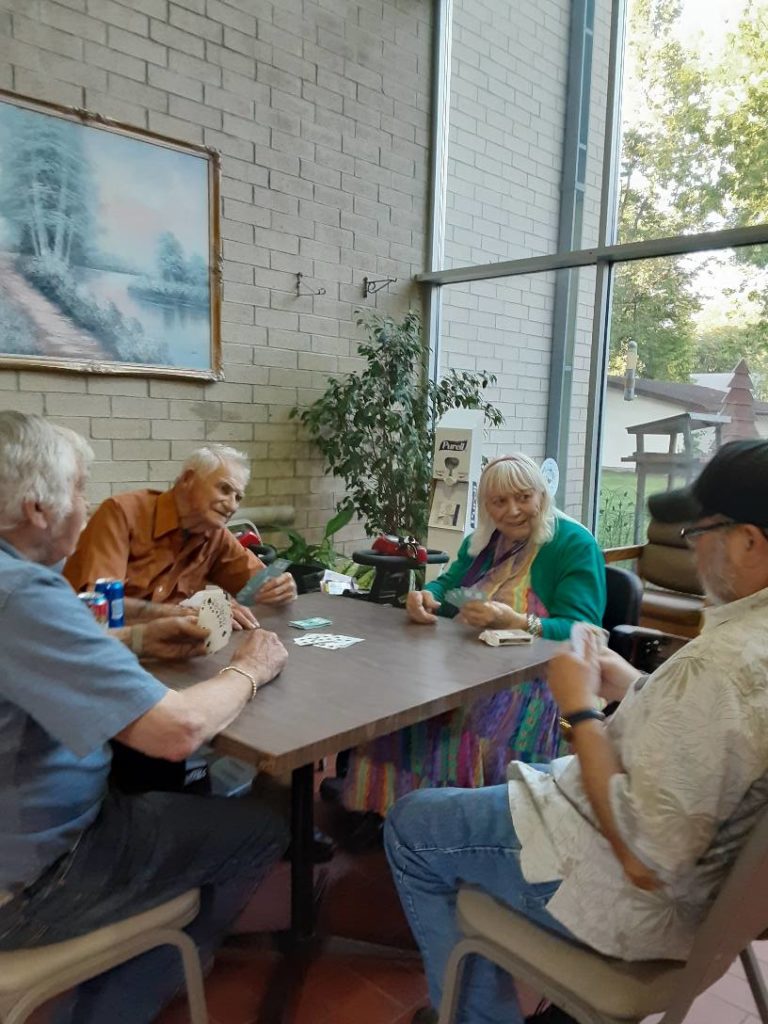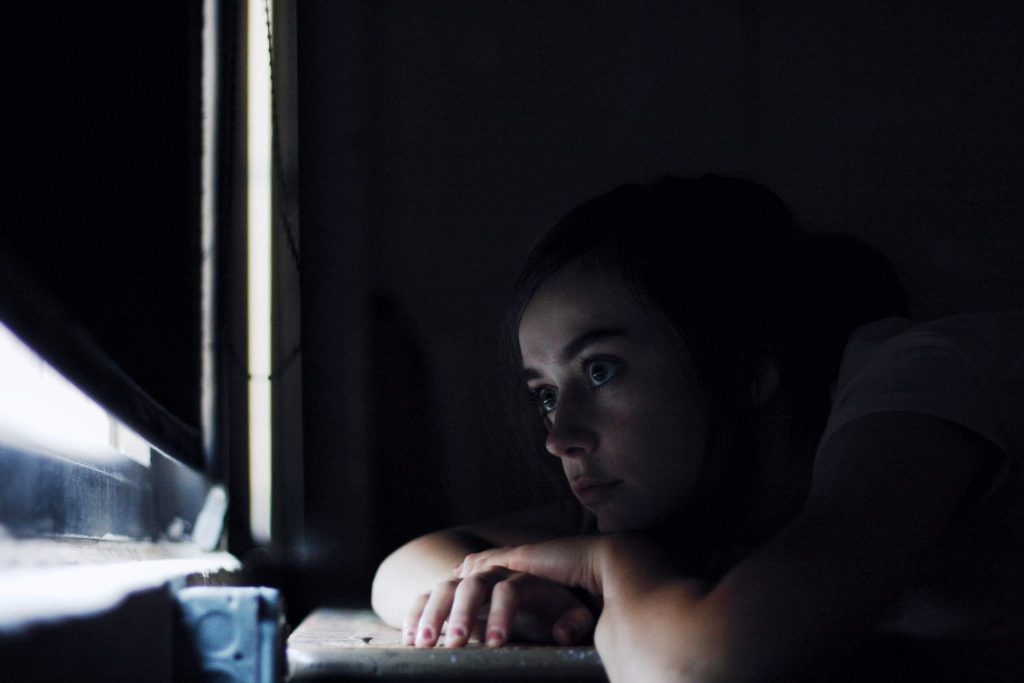
Whenever we experience something traumatic, our mental health is the first to suffer. So, when we grieve, the mental health impact can significantly affect our physical bodies. And it works the other way around as well: If we neglect our physical health, it will inevitably hinder us from recovering mentally and emotionally.
If you are grieving the loss of a loved one, consider how you can take practical steps each day toward maintaining your overall health and well-being. Here are a few goals to consider establishing to help you heal in your own time:
Be Mindful of What You Drink
First of all, be conscious of the alcohol, caffeine, and sugar you consume. If you drink alcohol, fight the temptation to use it as a crutch as you grieve. Similarly, try not to drink too much caffeine, as it can exacerbate anxiety and stress.
Moreover, consider cutting off your caffeine intake at lunch because caffeine late in the day can disrupt your sleep patterns. And try to drink plenty of water throughout the day. If you are used to drinking sugary beverages like sodas, juices, and sweetened coffees, consider substituting them with water.
Eat More Nutritious Foods
It is also essential to be mindful of the foods you consume. While comfort foods can indeed It is also essential to be mindful of the foods you consume. While comfort foods can indeed bring you short-term comfort in difficult times, making them your regular diet will harm your energy levels and long-term health. Opt for nutrient-dense foods like vegetables, fruits, lean proteins, and healthy fats for your meals and snacks.
Develop a Bedtime Routine
Unfortunately, insomnia is a common side effect of grief, which means you may need extra care to develop healthy sleep habits.
Find relaxing activities to do in the evening that help your mind and body unwind from the day, and establish a specific bedtime that you stick to each night. While you are at it, consider lowering the temperature in your bedroom, and make sure your sleep environment is dark and quiet.
Evaluate Your Career
If you have taken time off work to mourn the loss of a loved one, it could be an opportunity to reassess your career and consider any changes that fit your life moving forward.
For example, could you start a company specializing in something you are passionate about? There are endless opportunities for a home-based business these days, and you could even open a local small business that caters to your community’s needs.
However, when starting a business, you will need to take care of many legal, financial, and organizational obligations. For example, you will need to choose a legal structure that meets your needs and leaves you prepared come tax time.
If you want to receive pass-through taxation and liability protection, consider establishing an LLC. You can easily connect with a formation service by searching the keyword phrase “LLC North Dakota.”
Get Some Physical Activity
Moving your body can go a long way in helping you reduce stress, boost energy, and heal healthfully in your grief. Take time to think of some activities you can do each day that will make you break a sweat, whether playing a recreational sport, jogging through the neighborhood, walking with a friend, or joining a cycling club.
You may even find some at-home workouts that do the trick. The key is to be consistent with your fitness routine so that you can look forward to each day while benefiting your long-term health and well-being.
Balance Solitude With Social Time
Both solitude and socializing are essential when grieving. But keep in mind that privacy can quickly turn into isolation, and you don’t want to let that happen.
Keep your important relationships a priority by spending time with your closest friends and family members. Find fun activities to do together, meet for coffee or lunch, or find groups to join in your community.
Our physical and mental health are intertwined, which is demonstrated perfectly in the grieving process. Make sure you are setting healthy goals for yourself as you mourn the loss of your loved one. The tips above can help you get off to a strong start, but keep searching for other ways to heal and foster good health in the days ahead.
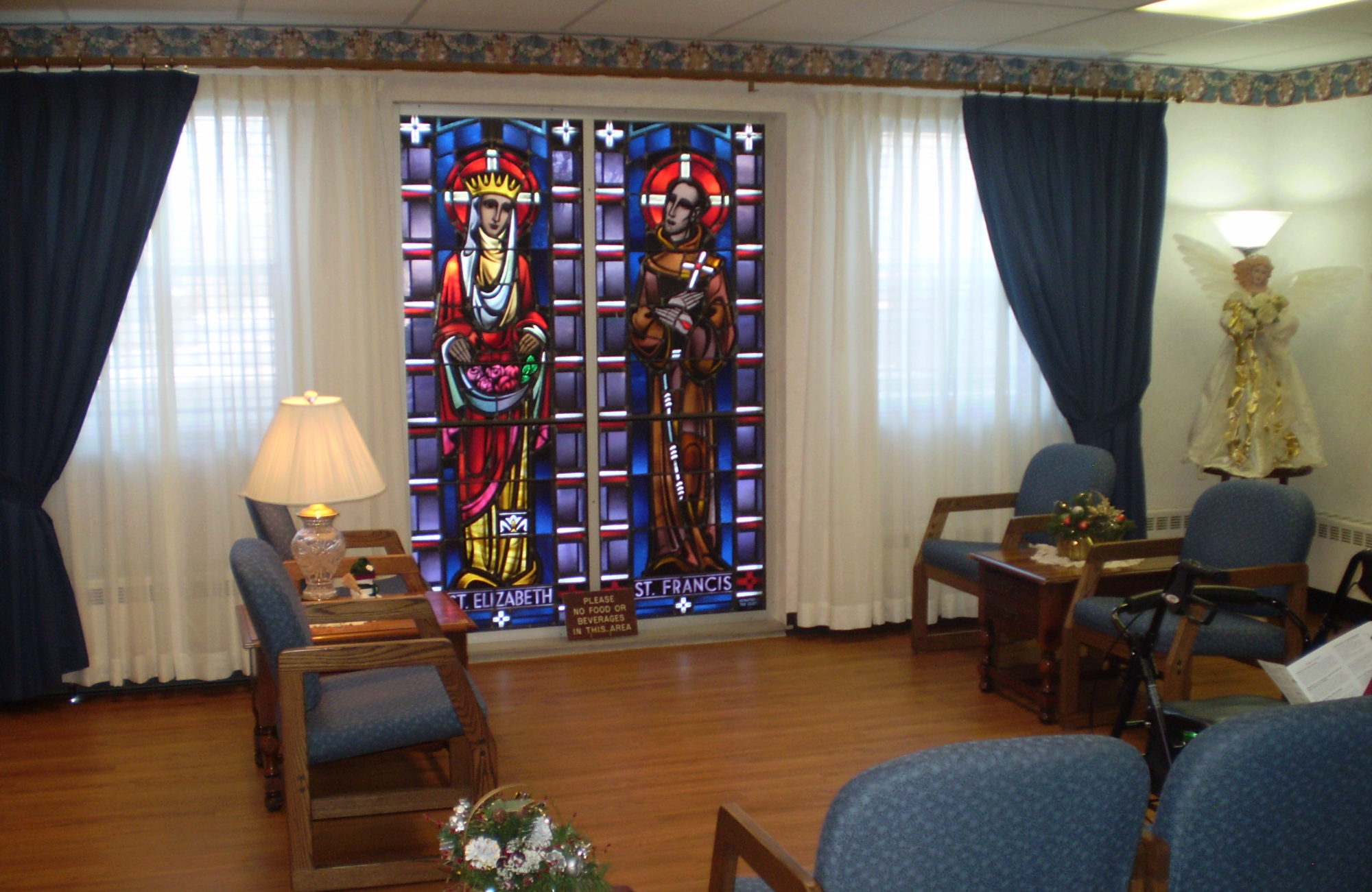

 In case you missed the article in our BROADCASTER, we’ll share it here.
In case you missed the article in our BROADCASTER, we’ll share it here.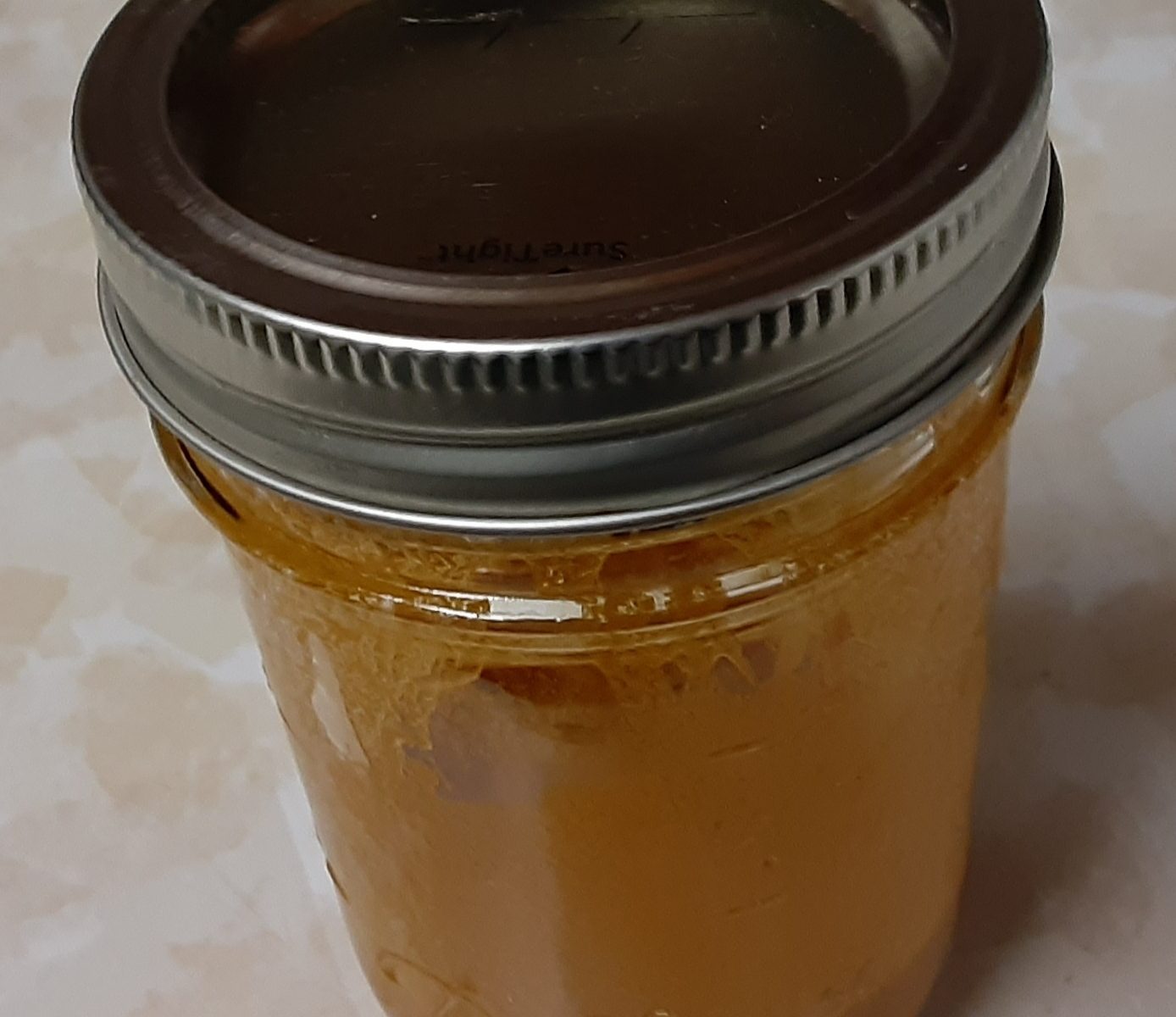
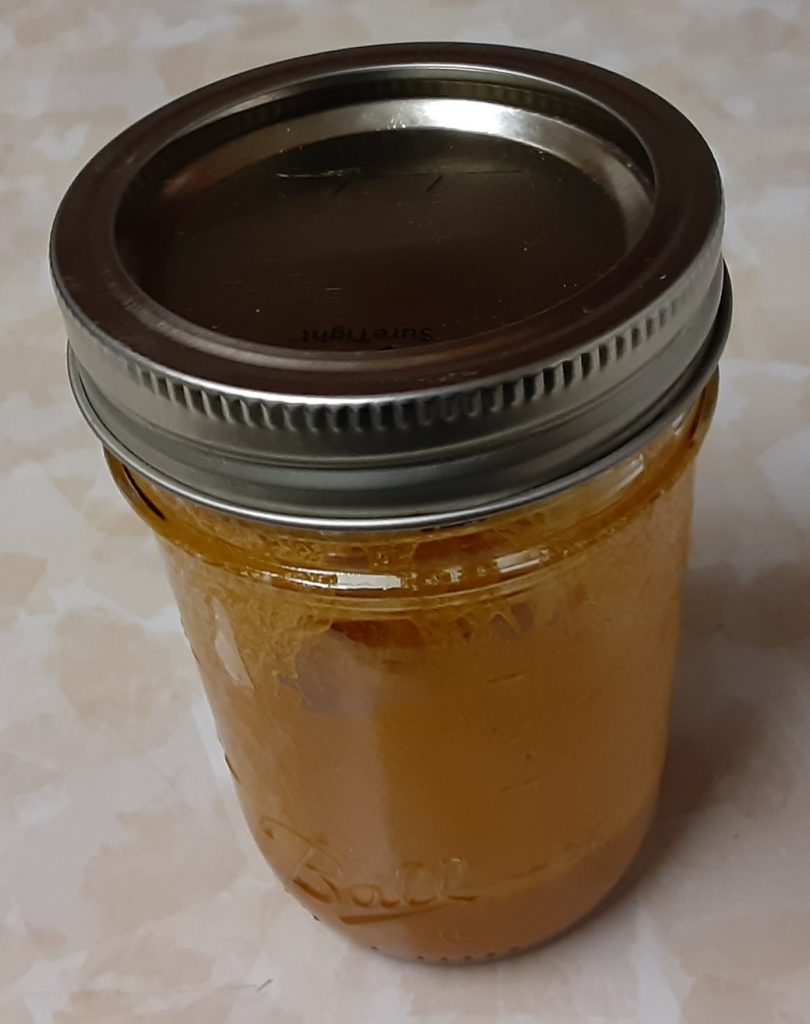

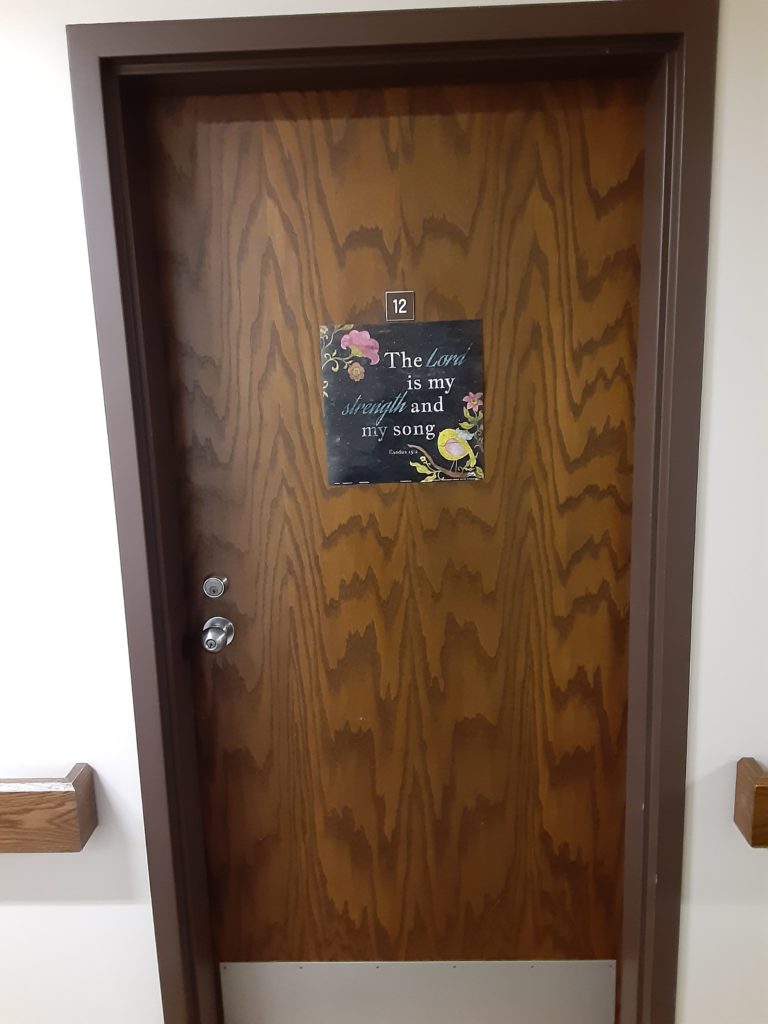
 If you look at the stained glass window in the front sitting area at St. Anne’s, you’ll see a lovely depiction of two saints. One is Saint Francis, and the other is St. Elizabeth of Hungary.
If you look at the stained glass window in the front sitting area at St. Anne’s, you’ll see a lovely depiction of two saints. One is Saint Francis, and the other is St. Elizabeth of Hungary.



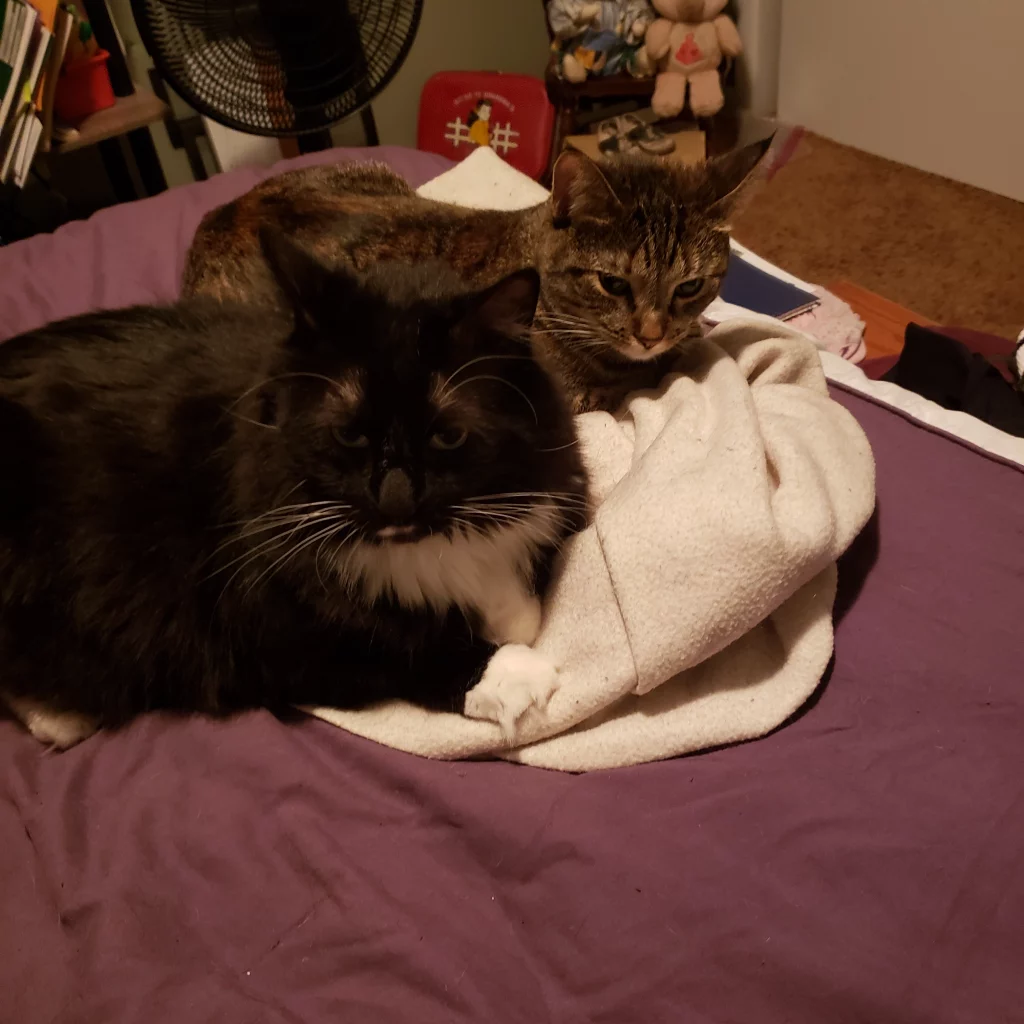











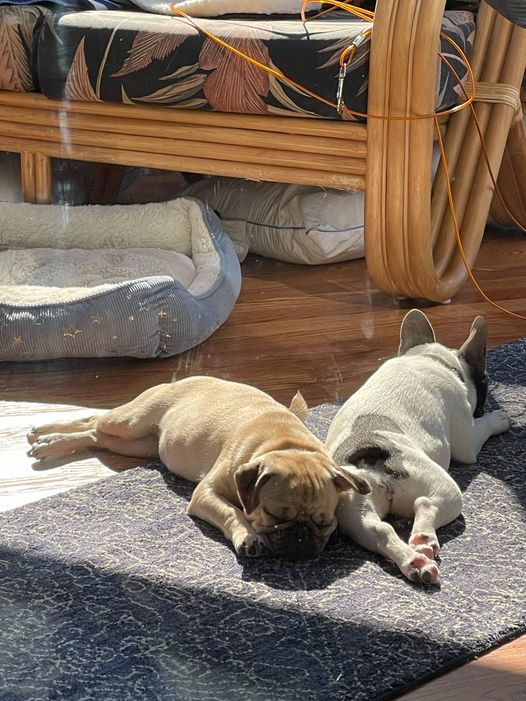

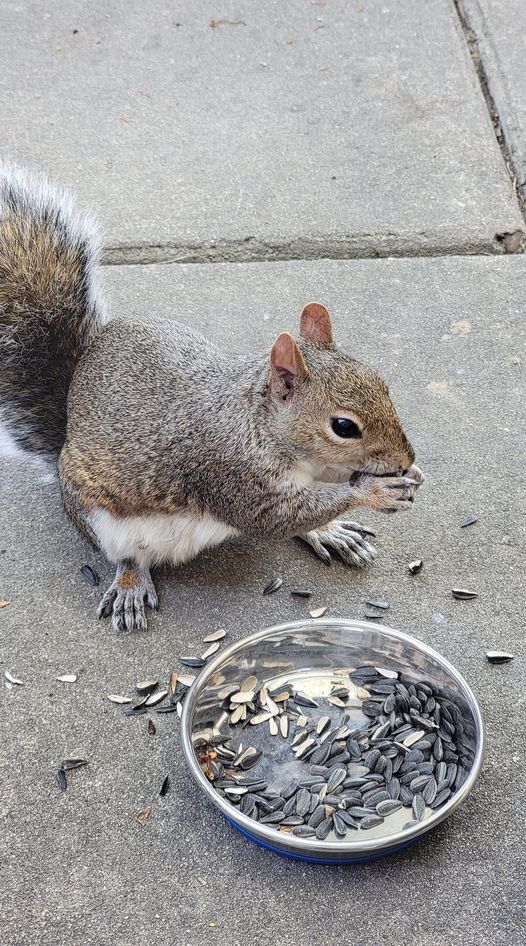

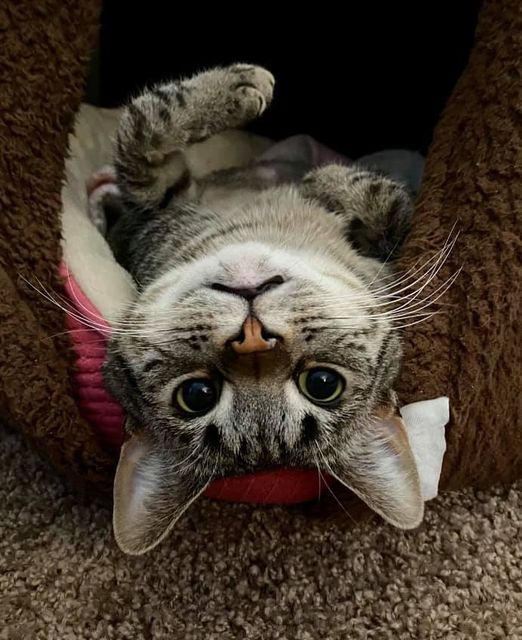
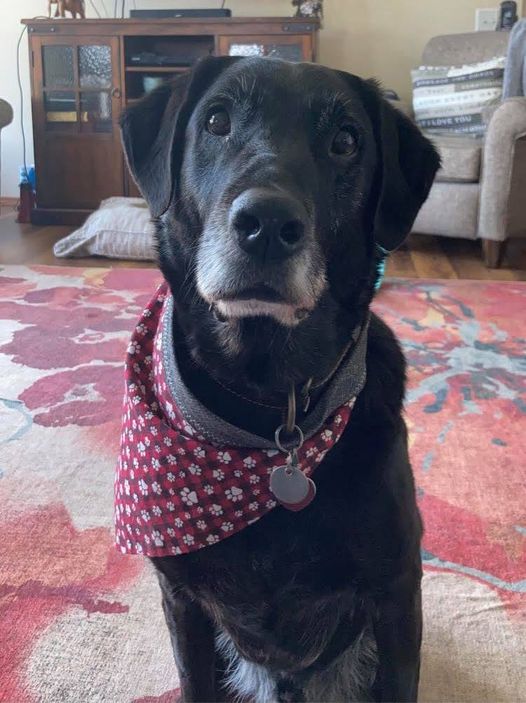



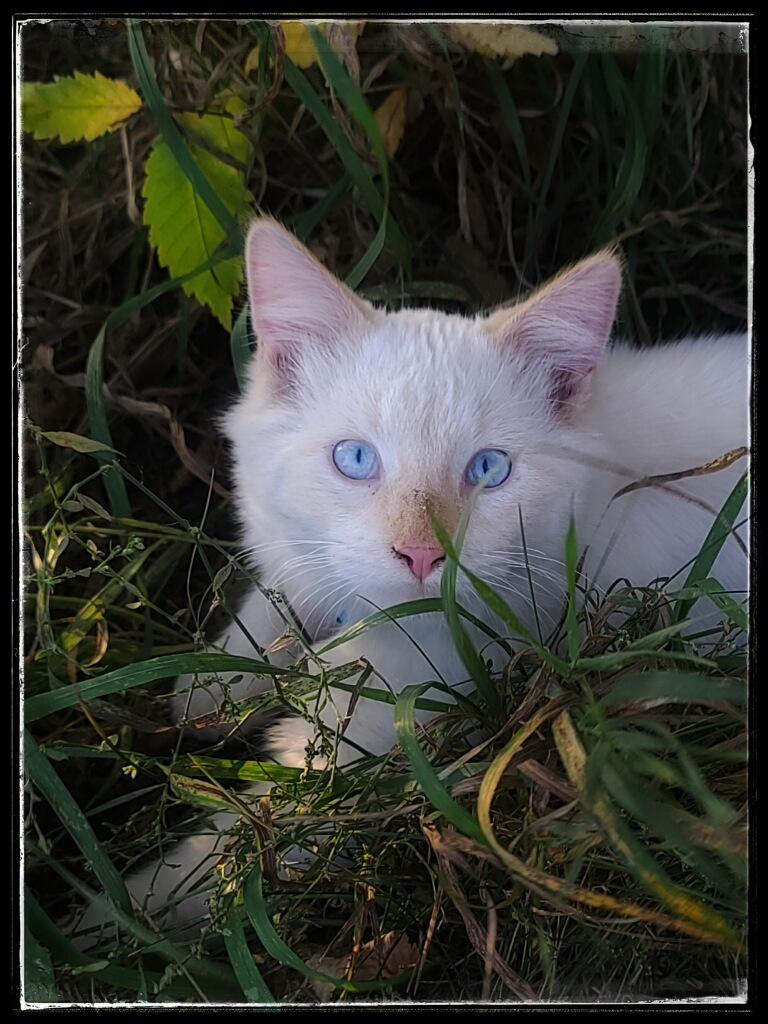
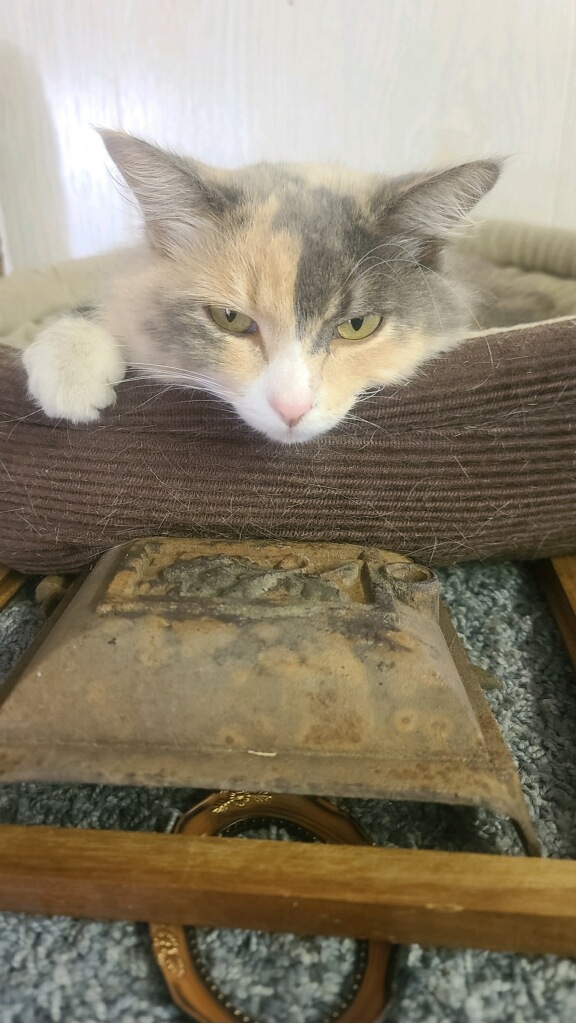

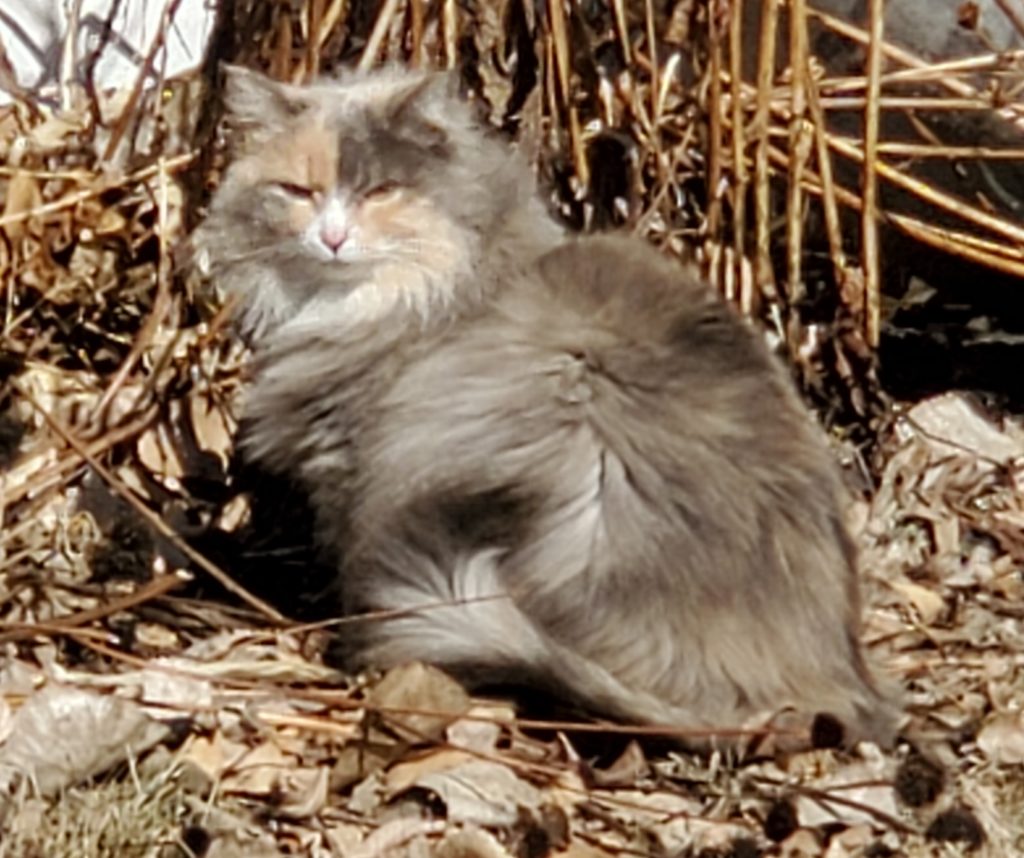
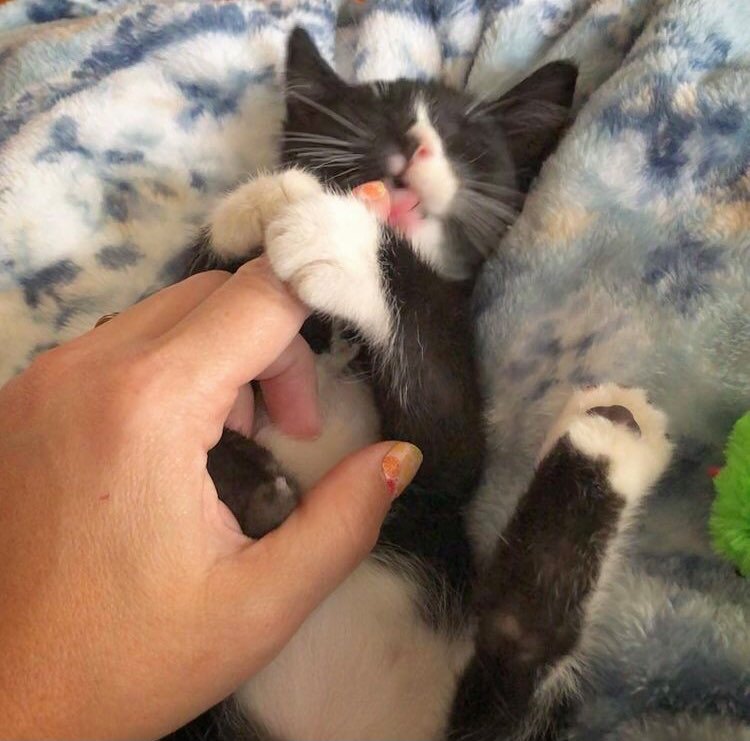

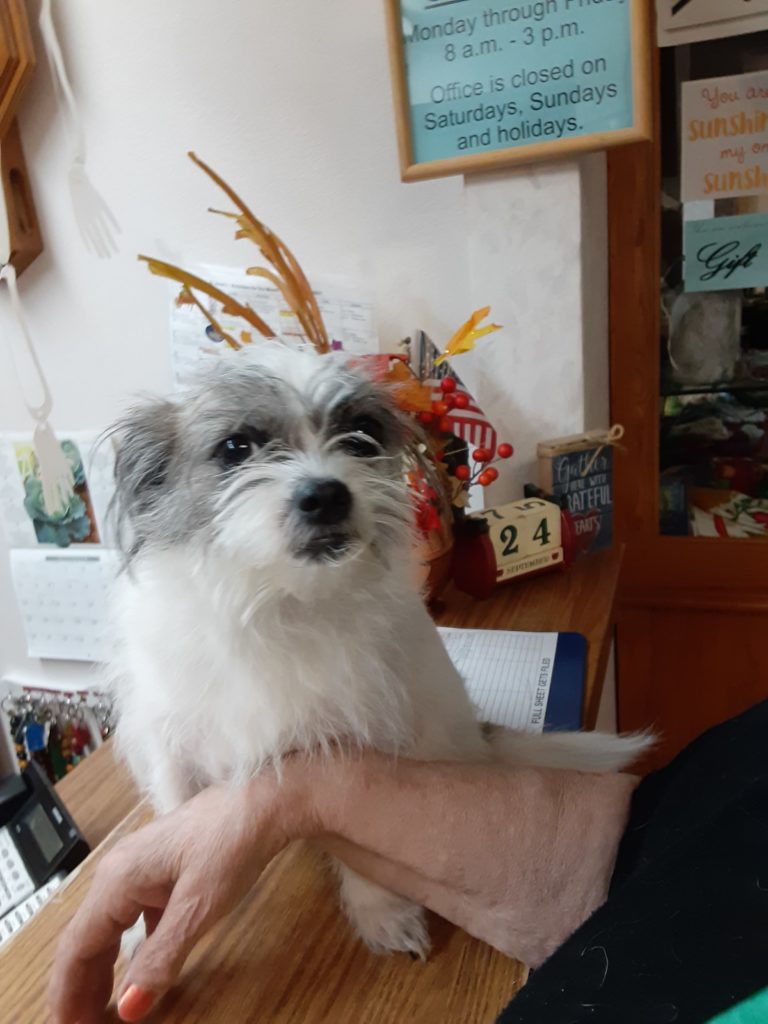
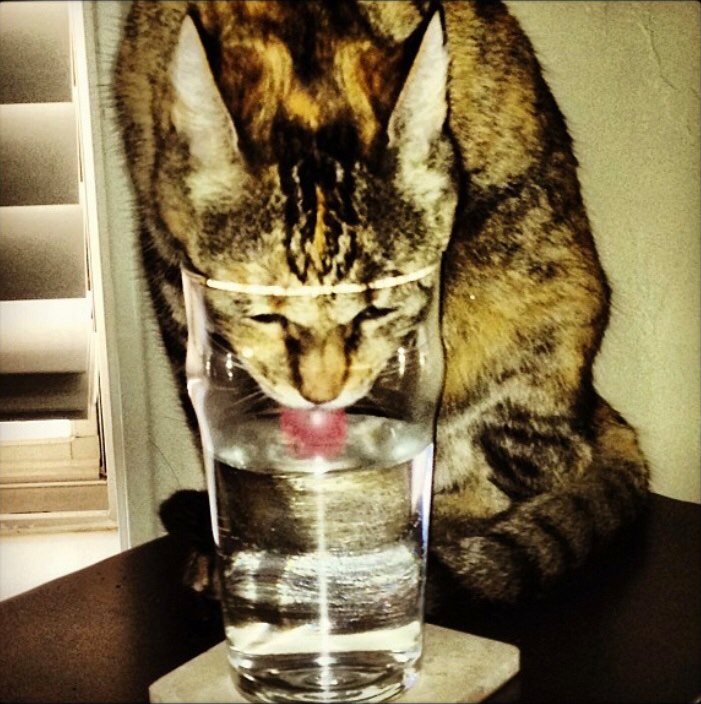
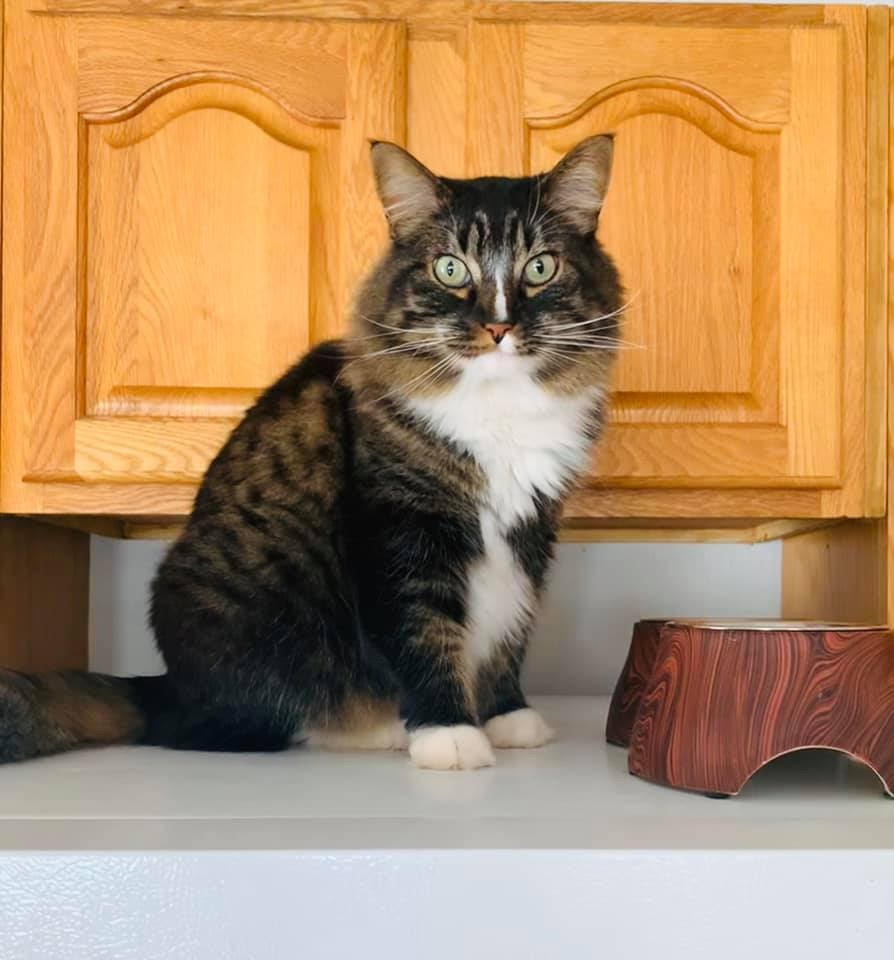
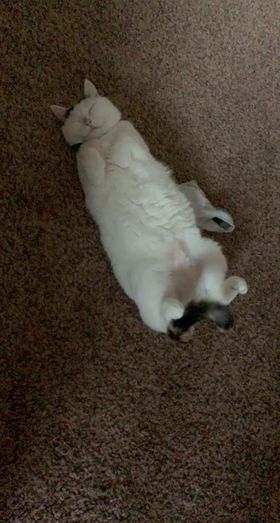


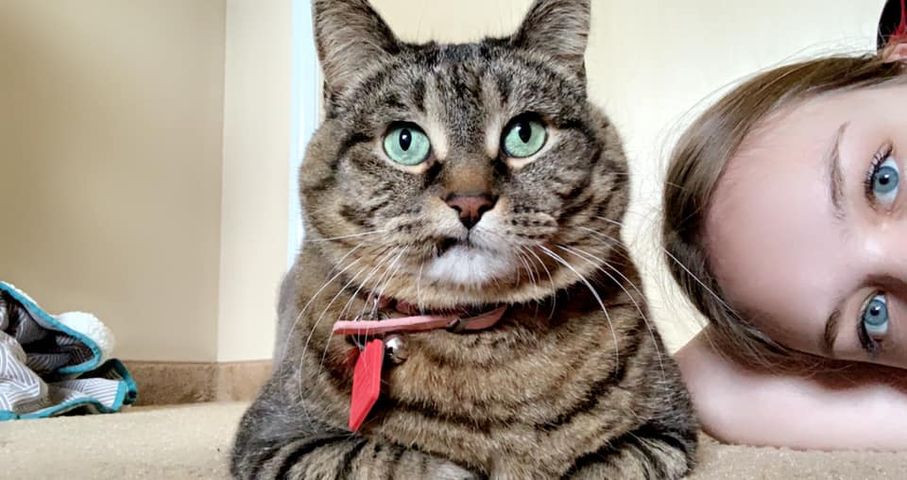
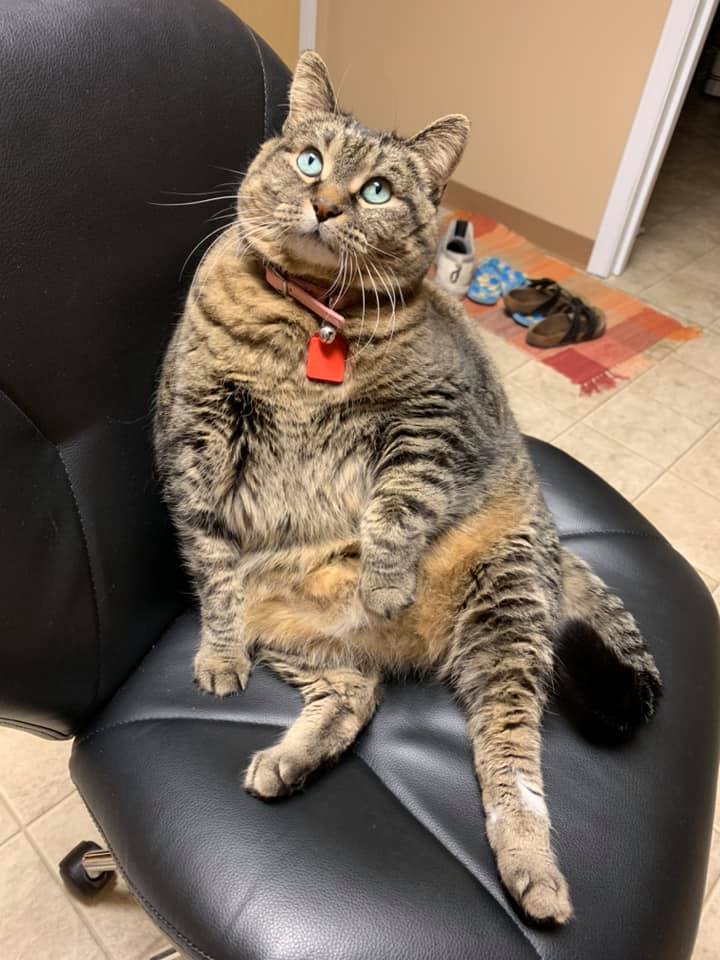
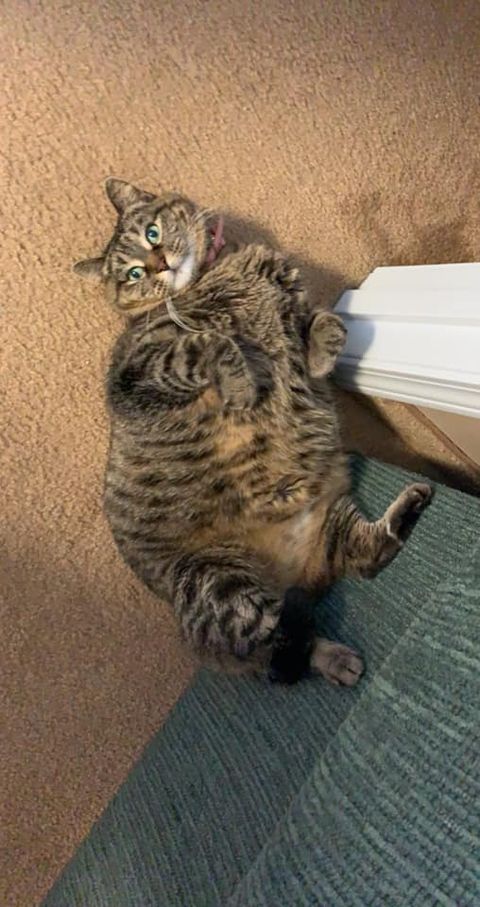
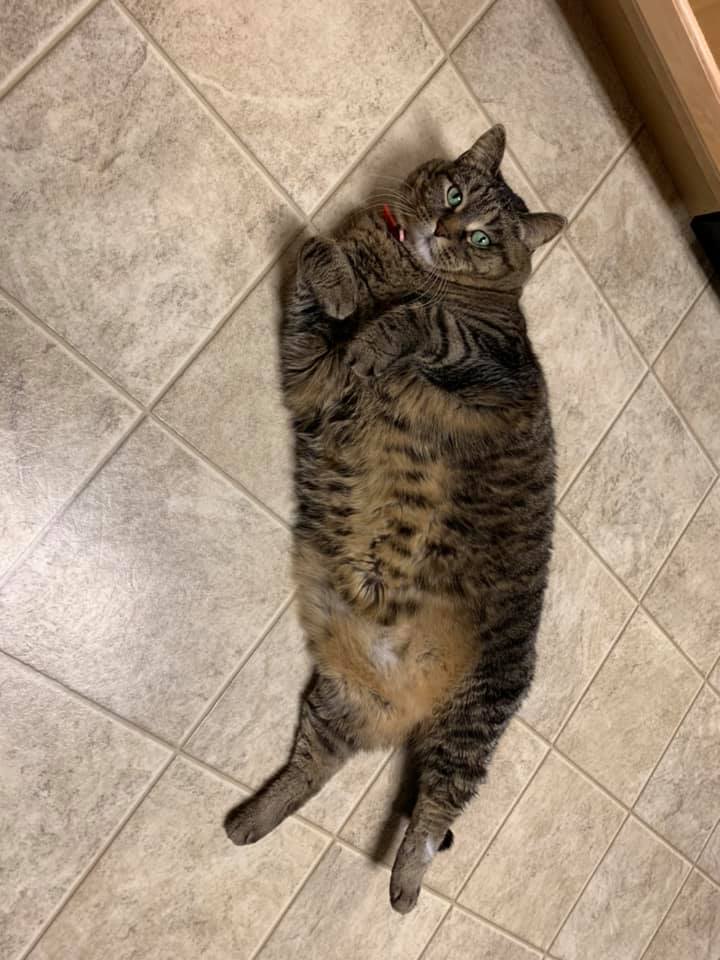


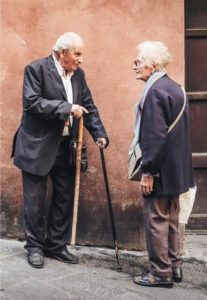 Keep your hands away from your face, and don’t have anything else near (food, gum, etc.). If you are not understood, re-phrase the statement rather than repeating it over and over. Apps on a phone can convert spoken words into text, and this may be helpful. Try to make sure only one person speaks at a time. Ask the hearing impaired person how you can help improved communication.
Keep your hands away from your face, and don’t have anything else near (food, gum, etc.). If you are not understood, re-phrase the statement rather than repeating it over and over. Apps on a phone can convert spoken words into text, and this may be helpful. Try to make sure only one person speaks at a time. Ask the hearing impaired person how you can help improved communication. 